Cargando...
Recursos educativos
-
Nivel educativo
-
Competencias
-
Tipología
-
Idioma
-
Tipo de medio
-
Tipo de actividad
-
Destinatarios
-
Tipo de audiencia
-
Creador
-
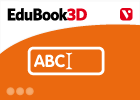
Final self-evaluation 10 - The Diversity of Life
EduBook Organización
- 1589 visitas
Complete the sentences with the missing words: bacteria live on decomposing organic material. live in association with other organisms, so that both organism benefit. Trypanosomes are parasitic that…
-

Final self-evaluation 14.03 - Human Societies
EduBook Organización
- 1554 visitas
Match the definitions with the concepts: Family with only a mother or father and one or two children. Family made up of a two parents living with their unmarried children. Traditional family unit made…
-
Initial evaluation 02 - Prehistory
EduBook Organización
- 1538 visitas
Decide if the following statements are true or false: During Prehistory people did not start to domesticate animals. The discovery of fire improved living conditions. At the end of Prehistory people…
-

Match. Spain's agricultural landscapes
EduBook Organización
- 1521 visitas
Match each element with a type of agricultural landscape: Fruit, vegetables and flowers Maize, potatoes and apples Olives, cereals and fruit Tobacco Bananas and tropical fruit Sheep farming Cattle…
-
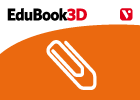
The carbon cycle
EduBook Organización
- 1514 visitas
The carbon present in living things comes from atmospheric carbon dioxide. Plants and algae take in carbon dioxide through photosynthesis. They use it to make the biomolecules which they need to grow.…
-
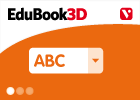
Choose. The Earth's layers
EduBook Organización
- 1456 visitas
Match each characteristic with one of the Earth's layers: It is gaseous. It is made up of living things. It is made up of water. It surrounds the Earth. It is where the weather occurs. It covers…
-
Nematodes, annelids and molluscs
EduBook Organización
- 1451 visitas
2.1. Nematodes Nematodes are thin, round, non-segmented worms. There are a large variety of free-living land nematode species, although they prefer wet environments. Nematodes also include parasitic…
-
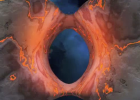
Submarine Volcanoes Erupting
V&V Books Vicens Vives Organización
- 1 lo usan
- 924 visitas
Did you know that 80 percent of the volcanic eruptions on Earth take place underwater? These underwater eruptions occur regularly, forming new landmasses and providing a living environment for deep-sea…
-

What is Christmas Tradition? By Pastor Gino Jennings
Crm Gvs Docente
- 1 lo usan
- 916 visitas
Be blessed, be encouraged to study the Bible. Jesus Christ (Yeshua Hamashiaj ) the One true living God! Glory to God! Ephesians 3:21 unto Him be the Glory in the church and in Christ Jesus unto all…
-
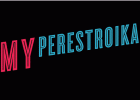
Documentary Film My Perestroika
Núria Termes Organización
- 341 visitas
MY PERESTROIKA follows five ordinary Russians living in extraordinary times — from their sheltered Soviet childhood, to the collapse of the Soviet Union during their teenage years, to the constantly…
Te estamos redirigiendo a la ficha del libro...













